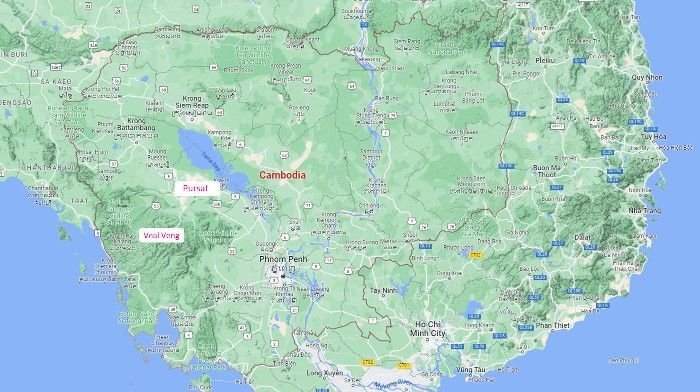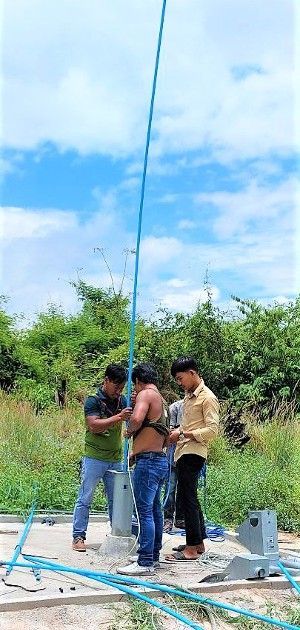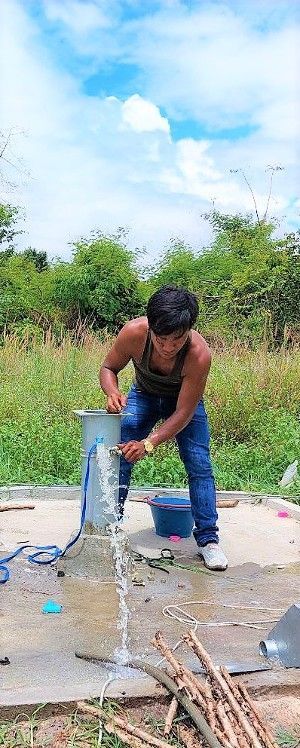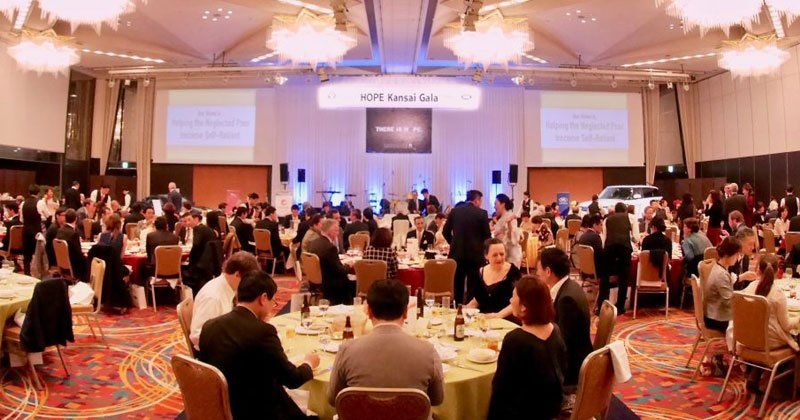Adapting our Work to Different Environments
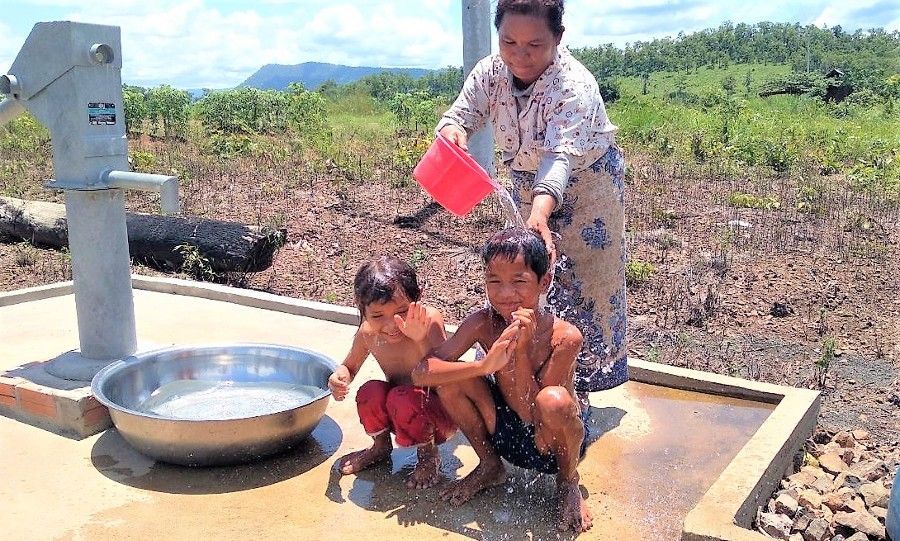
HOPE started with shallow wells
Our projects in Cambodia began in 2002 with the building of a well near the center of Pursat Province, where HOPE Cambodia’s office is located. The first well was just a dot on a map, but with successive projects, it became a line, and now our wells cover a large area providing clean water to more than 10,000 people.
From shallow wells to deep wells
The topography changes with the location of the project site, which requires adapting the water supply systems to the terrain. For example, at our project sites in Ethiopia, where there are large differences in elevation, we build simple water systems that can supply water to local communities over a wide area using gravity alone.
In the beginning, in Cambodia our project sites were on flat terrain and the water source was about 5 to 7 meters below the surface. Shallow wells were dug by hand. Western Cambodia, on the other hand, is a mountainous region with the Phnom Samkos Wildlife Sanctuary and the Cardamom Mountains, where the water sources are deeper, requiring the construction of deeper wells.
Water in the Veal Veng District, where our work is currently being implemented, is found more than 10 meters below the ground. Despite the high construction costs, we employ heavy machinery to dig the wells here.
Management of wells by the communities
While there are different types of wells, the way in which communities use and maintain the wells remains the same. At our project sites, one well is shared by several families who live around the well. Families who share wells together are formed into Well Users Groups (WUGs) that manage and maintain the wells.
One of our aims is to have families use the wells sustainably. The communities contribute physical labour in the construction of the wells so that they become familiar with its structure, thus making it easier to maintain them by themselves. On the other hand, there is a limit to the labour that can be contributed by the communities in the construction of deep wells. Despite their reduced participation in the construction process, the community members are trained in the management and maintenance of the wells, including in a system of the collection of fees from their community that can be used for the repairing of their wells.
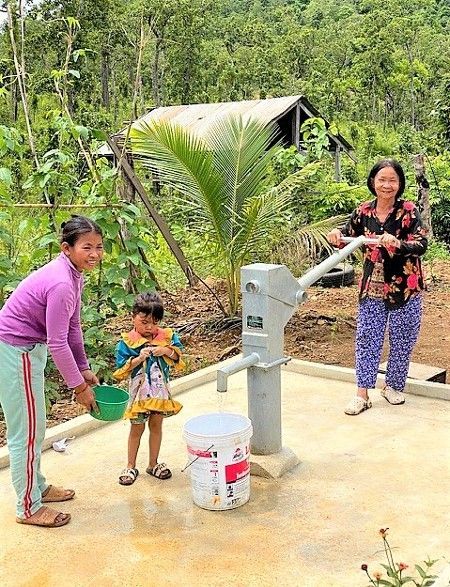
Wells provide a lifeline
If the project site changes, the topography will change, and the construction method will also change. The change in construction methods may result in higher costs, but our approach to give local communities a sense of ownership of the project and a sustainable management system of the wells themselves will not change.
Water is essential for survival, and wells are a lifeline for people at our project sites. As we continue our work, the construction methods may change. In order to provide clean water, we will continue our work by adapting to the local conditions.

